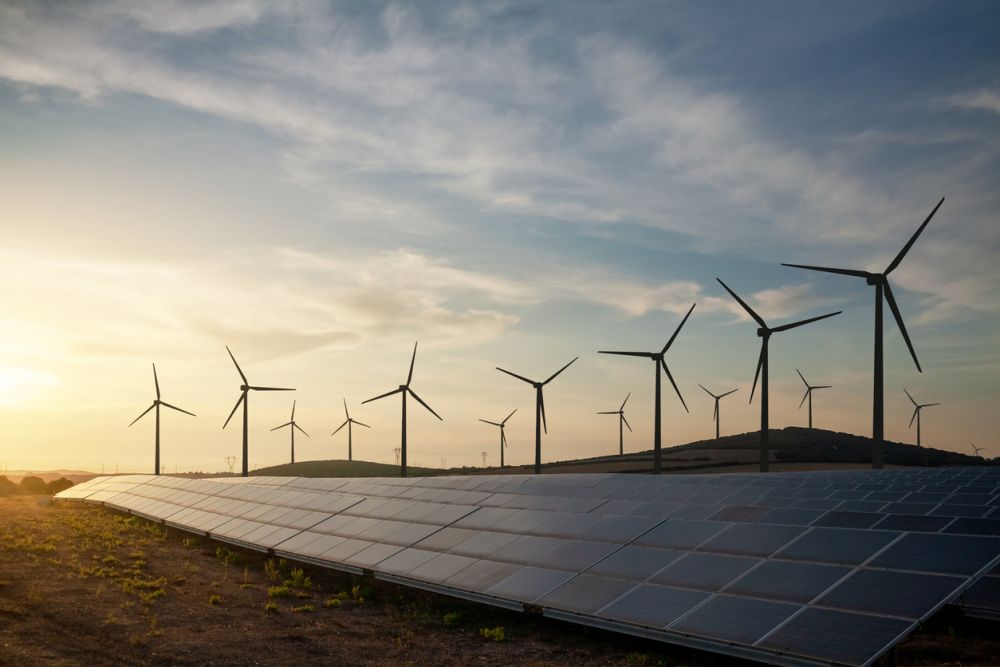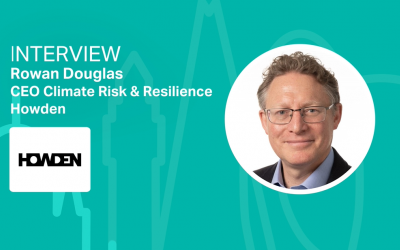Global Energy Investment to Hit Record $3.3 Trillion in 2025
Global energy investment is on track to reach a record $3.3 trillion in 2025, with clean technologies leading the charge. Grid infrastructure and regional equity continue to be the key barriers to further progress.

Global spending on energy is set to reach an unprecedented $3.3 trillion in 2025, with clean technologies accounting for more than two-thirds of the total, according to the International Energy Agency’s (IEA) latest ‘World Energy Investment 2025’ report. This year’s analysis is the 10th edition of the report and details energy investment trends through 2024 and the start of 2025. The investment surge reflects not only continued efforts to cut emissions, but also growing concerns over energy security and industrial competitiveness.
Investment in clean technologies is projected to draw $2.2 trillion and is double the investment expected in fossil fuels. This is driven by growth in renewables, nuclear, grids, storage, energy efficiency and electric transport. Solar PV alone is forecast to attract $450 billion, making it the single largest energy investment category worldwide. Nuclear power investment will exceed $70bn in 2025, representing a 50% increase over five years.
IEA Executive Director Fatih Birol noted that despite economic uncertainty and rising geopolitical tensions, energy security remains a powerful motivator for countries and companies alike. He clarified that, “The fast-evolving economic and trade picture means that some investors are adopting a wait-and-see approach to new energy project approvals, but in most areas we have yet to see significant implications for existing projects.”
One of the biggest barriers is the lack of modern grid infrastructure. Investment in electricity grids, currently at $400 billion annually, is falling short of what's needed to keep up with renewable energy deployment and growing electricity demand. Prolonged permitting processes, supply chain delays and underfunded utilities, particularly in developing economies, are stalling progress.
Meanwhile, fossil fuel investment is expected to decline, with upstream oil spending set to fall by 6% in 2025- the sharpest drop since 2016, outside the COVID-19 pandemic. However, liquefied natural gas (LNG) is on a growth path, with major new projects in the US, Qatar, and Canada expected to expand global capacity significantly between 2026 and 2028.
Investment in clean technologies is still heavily concentrated in advanced economies, with China now the world’s largest energy investor, spending nearly as much as the US and EU combined. In contrast, regions like Africa, Southeast Asia, and Latin America continue to lag behind, raising concerns about the equity of the global energy transition: “Despite being home to 20% of the world’s population and rapidly growing energy demand, total investment across the continent has fallen by a third over the past decade due to declining fossil fuel spending and insufficient growth in clean energy.”
The IEA warns that while overall investment levels are moving in the right direction, achieving net-zero goals by mid-century will require more money from international public finance organisations, as well as more strategic and inclusive deployment of capital, particularly to developing countries.
Read the press release here
Read the full report here






